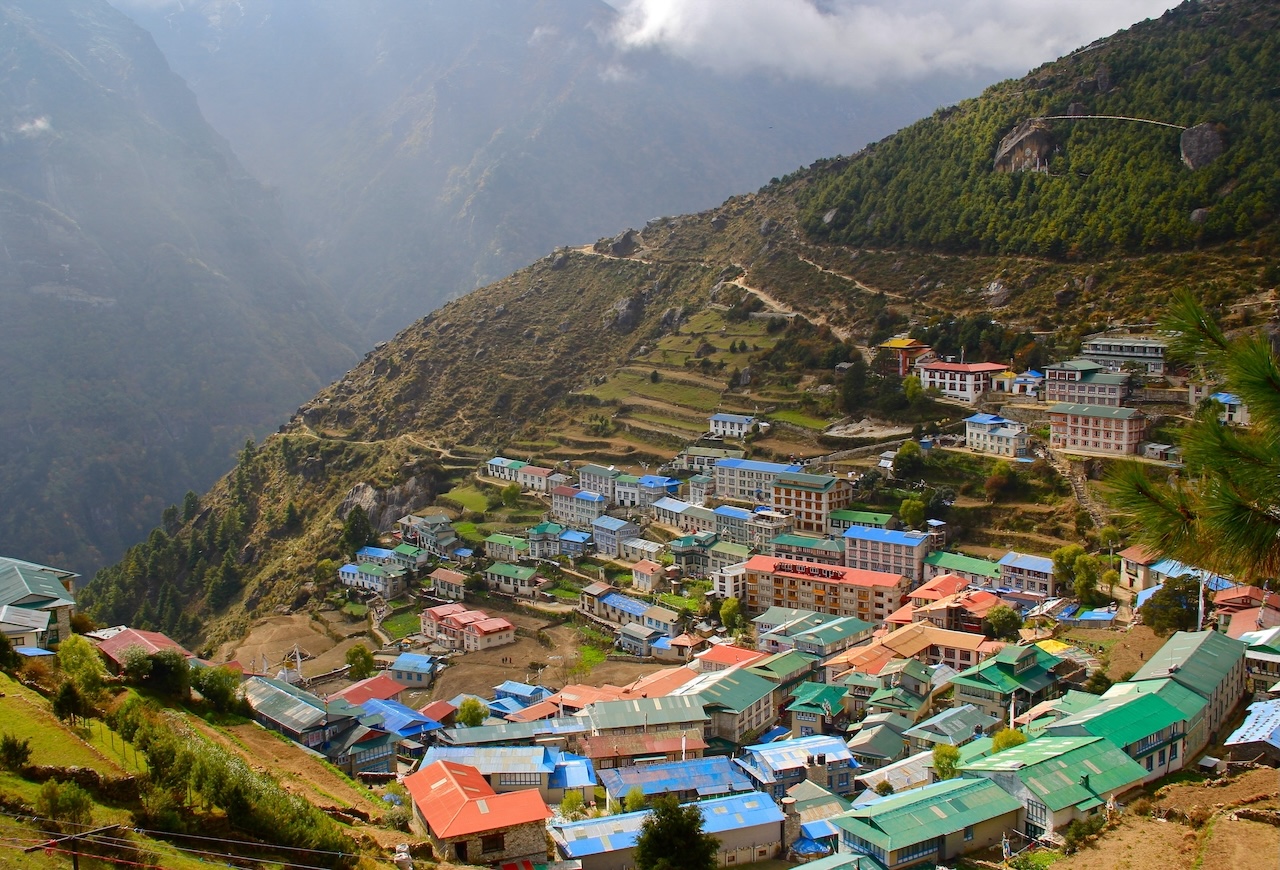The loans to boost financial inclusion and the hydropower sector represent the first direct investments in the Himalayan country by the two Nordic development finance institutions.

Finnfund and Swedfund have made loans of $10m (€9.26m) each to Kathmandu-based Siddhartha Bank to support micro, small and medium enterprises (MSMEs), agriculture and the hydropower sector.
The loans are the first direct investments in Nepal by either of the development finance institutions (DFIs).
Siddhartha Bank is one of the country’s largest commercial banks with 196 branches across the country. Its loan portfolio totals $1.55bn covering a range of economic activities, including production, wholesale and retail.
At least 30% of loan proceeds from the loans are to be allocated to women, in support gender equality and women’s empowerment. Around 40% of the bank’s clients are women and it offers products directed towards women entrepreneurs.
The DFIs said they would also support Siddhartha Bank in developing its internal processes related to environmental and social issues and on mitigation of climate risks and impacts linked to its activities.
Siddhartha Bank furthers financial inclusion by seeking to attract customers among the many Nepalis living in remote areas that are currently unbanked. The process has been facilitated by developing digital and online solutions for customers.
“There is limited access to long-term funding in Nepal and, as a development finance institution, we can also further enhance Siddhartha Bank’s environmental and social governance, as well as impact work, which makes this investment important,” Jane Niedra, investment director financial inclusion at Swedfund, said.
Nepal aims to become a mid-income country by 2030 and a developed country by 2043. But, while the economy has been growing recently, boosted by tourism, agricultural output and greater access to power, it remains fragile. Around a fifth of the country’s population of 30 million were living below the national poverty line in 2022, with higher poverty levels in rural areas, according to World Bank data.
Almost all firms registered in Nepal are MSMEs, making the sector a crucial pillar of the economy. However, access to bank credit remains limited and needs to improve, according to Ulla-Maija Rantapuska, Finnfund’s senior investment manager.
“Another challenge for Nepal’s development is that hydropower potential needs financing. Thanks to our investment, Siddhartha Bank can now grow their loan portfolio in those sectors,” she said.
Hydro potential
The Himalayan kingdom’s copious hydropower resources have the potential not only to support economic expansion within the country, but also to generate valuable export revenues through sales to neighbouring countries, notably India.
Nepal currently has almost 3 gigawatts (GW)of electricity generation capacity, more than 90% of it from hydropower. The government is eager to attract foreign investment to the sector from Asia and further afield to help it achieve a target of increasing capacity to 28GW over the next decade. A recent government-commissioned report estimated Nepal had the potential to generate over 70GW of power across ten river basins, though it is unlikely that all of that could be tapped.
Tom Gocher, CEO of Nepal-focused Dolma Fund Management, told Impact Investor in 2023 that the Indian states bordering the country and nearby Bangladesh – home to some 600 million people – could create huge demand for Nepalese hydropower if the generation and transmission infrastructure can be financed and built.
Both Swedfund and Finnfund have previously invested in Nepal via funds managed by Dolma, which has a long track record of private equity investment in the country and has also attracted a number of other DFI backers.
In 2019, an International Finance Corporation-led consortium arranged a $453m debt financing package to fund a 216-megawatt run-of-the-river hydroelectric plant on the Trishuli River, 70 kilometers north of Kathmandu. British Investment International (BII), Dutch DFI FMO and France’s Proparco were part of the financing group for the project, known as Upper-Trishuli-1, which was the largest single foreign investment in the country at the time.
The project, which is due to be completed by the end of 2026, will provide much of its annual output during the dry season, when it is most needed.






